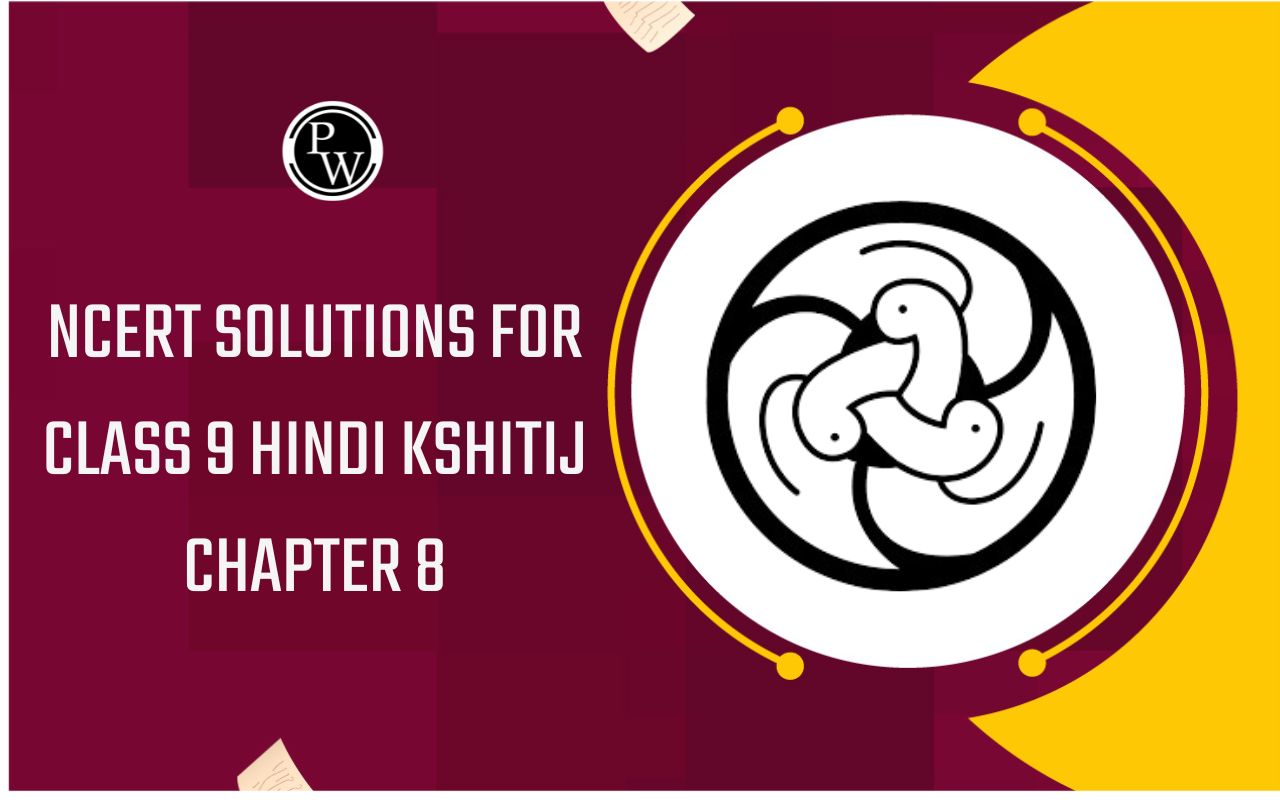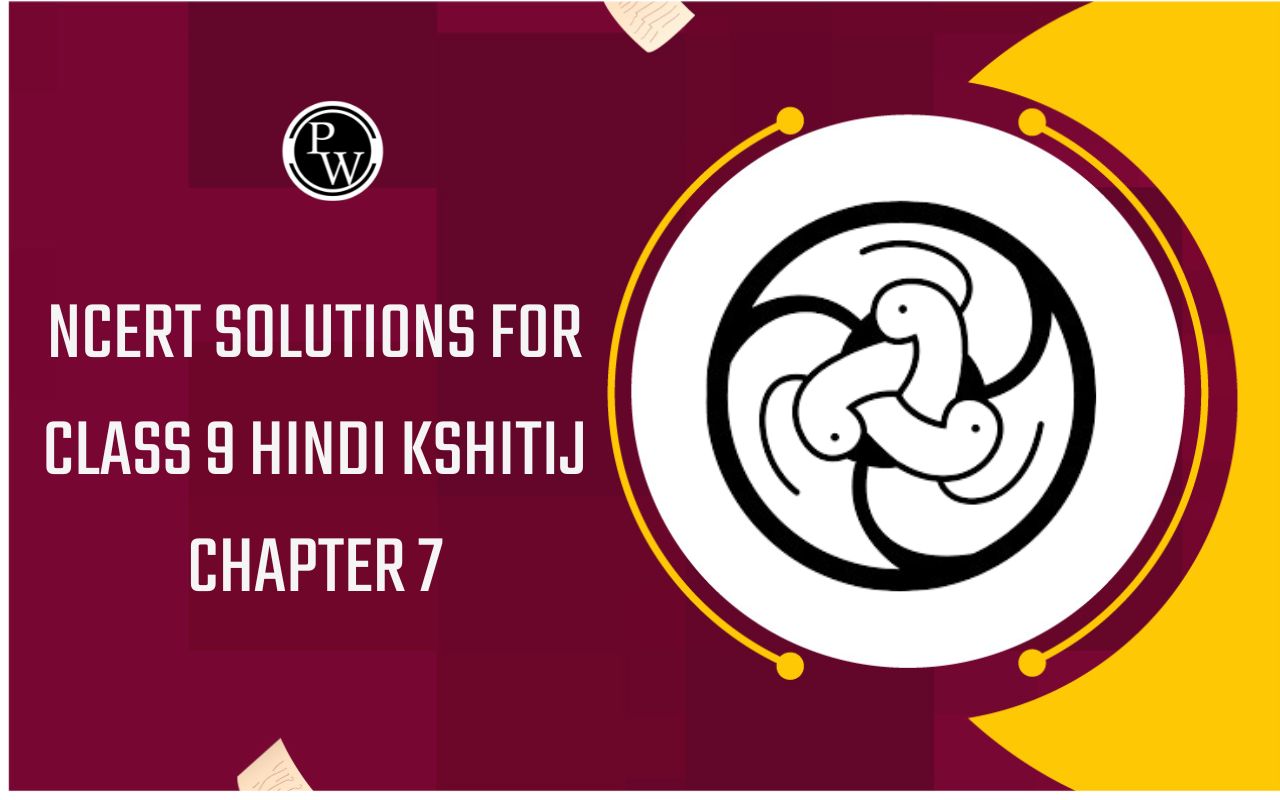
Reasons Of Success Of Federalism In India
Federalism of Class 10
Reasons Of Success Of Federalism In India
LINGUISTIC STATES:
The creation of Linguistic States was the first and a major test for democratic politics in our country. Since independence, many old States have vanished and many new States have been created. Areas, boundaries and names of the States have been changed. In 1947, the boundaries of several old States of India were changed in order to create new States. This was done to ensure that people who spoke the same language lived in the same State. Some States were created not on the basis of language but to recognise differences based on culture, ethnicity or geography. These include States like Nagaland, Uttarakhand and Jharkhand. Experience has shown that the formation of linguistic States has actually made the country, more united. It has also made administration easier.
LANGUAGE POLICY:
A second test for Indian federation is the language policy. Our constitution did not give the status of national language to any one language. Hindi was identified as the official language. Besides Hindi, there are 21 other languages recognized as Scheduled Languages by the Constitution. States too have their own official languages. Much of the government work takes place in the official language of the concerned State.
According to the constitution, the use of English for official purpose was to stop in 1965, but later on it was decided to continue the use of English along with Hindi for official purposes.
Centre-State relations: Restructuring the Centre-State relations is one more way in which federalism has been strengthened in practice.
Situation During Congress Monopoly: For major part of the country same party was in power in both centre and state. As a result state governments were not in a position to enjoy their rights. Whenever, there was a different party in power in a particular state, central government tried to undermine its influence. Constitution was usually misused to topple unfriendly government in those states.
Situation in the Era of Coalition Government: After 1989 pattern has shifted to multi-party coalition government at the centre. As a result a new culture of power sharing and respect for the autonomy of State Governments has developed. It can be said that now the federalism is more developed in India.
Linguistic diversity of India: As per the latest Census Report, 1991 of India held in 1991 there are 1500 distinct languages. These languages were grouped together under some major languages. For example languages like Bhojpuri, Magadhi, Bundelkhandi, Chhattisgarhi, Rajasthani, Bhili and many others were grouped together under ‘Hindi’. Even after this grouping, the Census found 114 major languages. Of these 22 languages are now included in the Eighth Schedule of the Indian Constitution and are therefore called ‘Scheduled Languages’. Others are called ‘non- Scheduled Languages’. In terms of languages, India is perhaps the most diverse country in the world.









